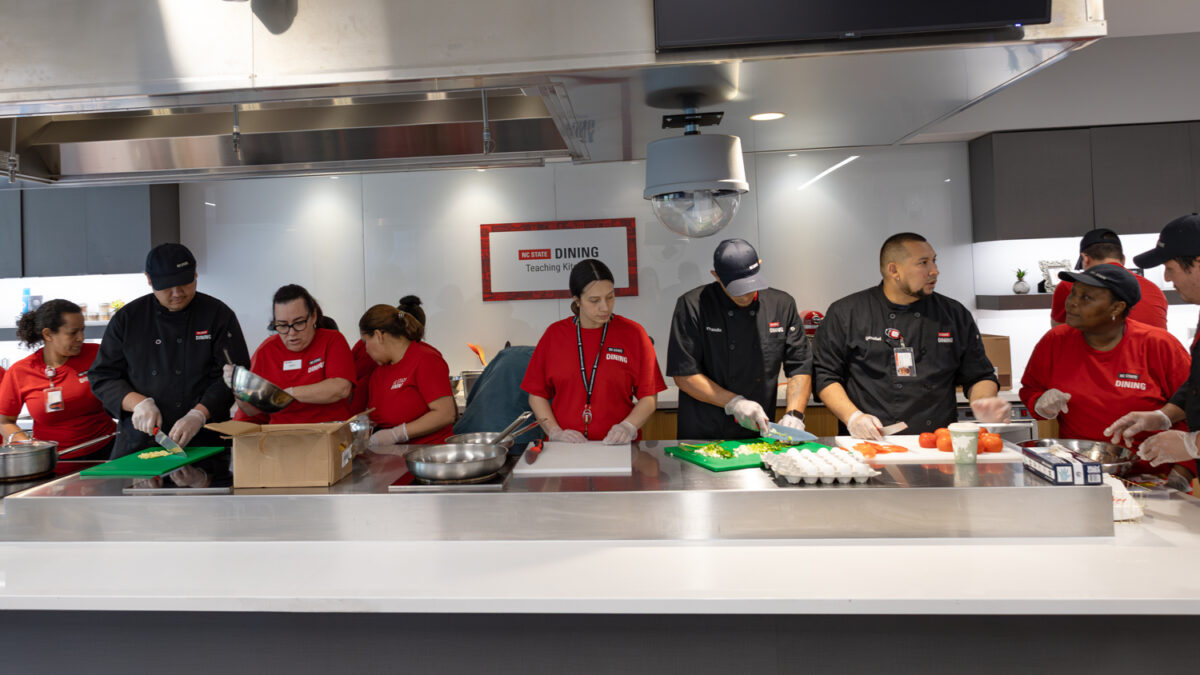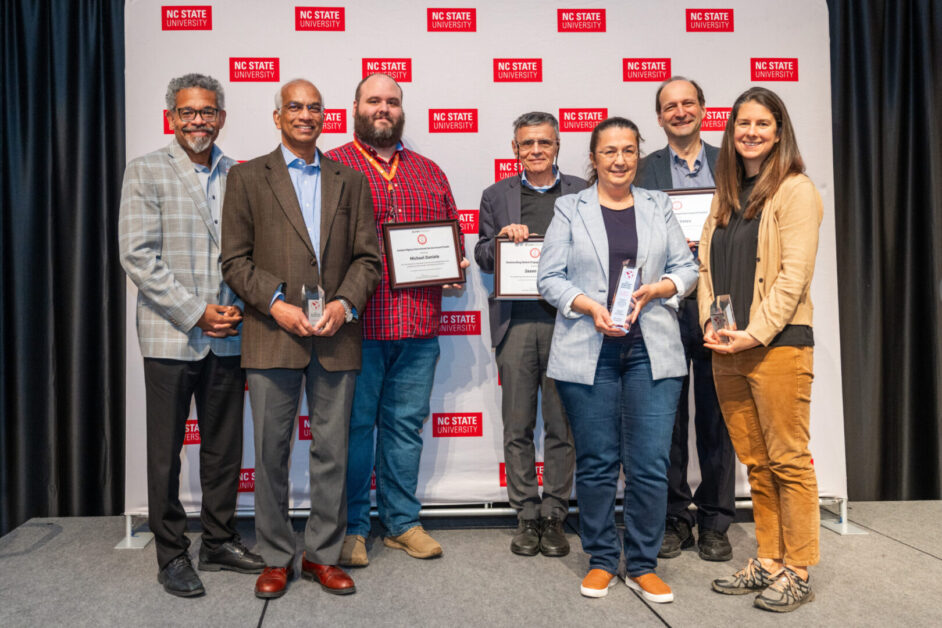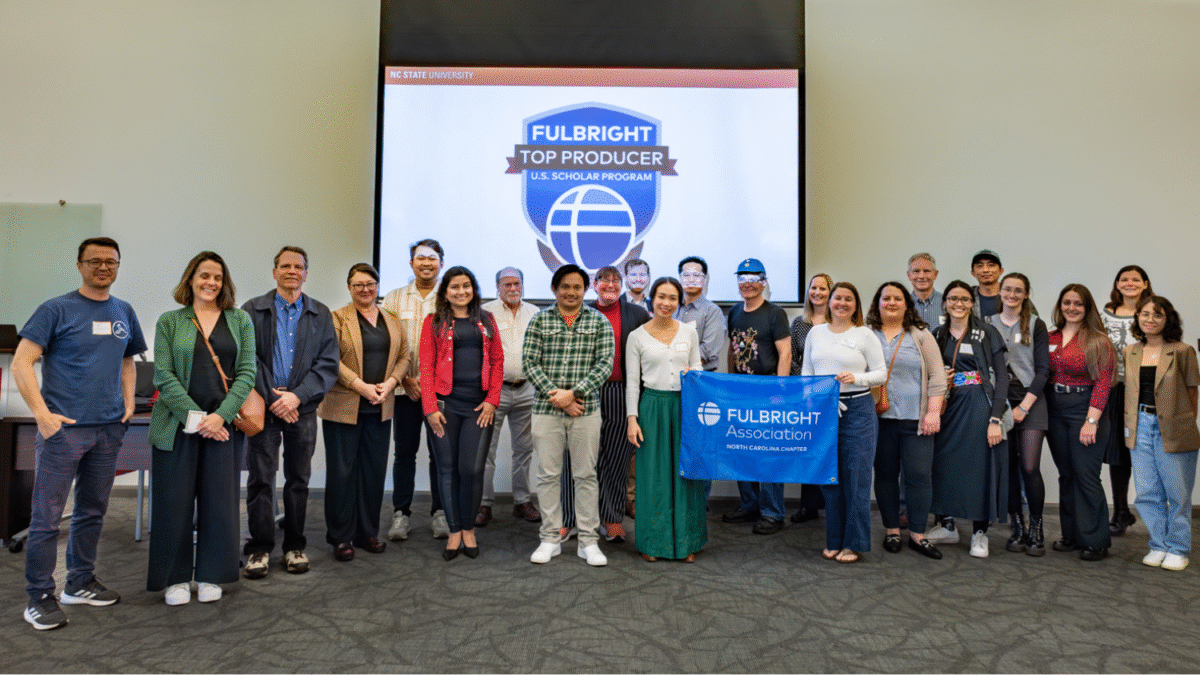A Global Partnership to Combat Antimicrobial Resistance

As bacteria worldwide continue to develop resistance to life-saving drugs, researchers from six colleges at NC State University are joining an international consortium to fight antimicrobial resistance.
The global partnership, led by Sid Thakur, director of global health at the College of Veterinary Medicine and NC State, is a collaboration between 55 faculty members at universities in four countries who will work together to develop new research projects and training programs around the world.
“Antimicrobial resistance is constantly advancing and changing,” said Thakur, a professor of epidemiology at the CVM. “We have an obligation to make sure we prepare future generations for the challenges to come.”
The creation of the consortium follows the latest development in the global antimicrobial resistance crisis: that resistance to colistin, a last resort drug for treating multidrug-resistant Salmonella, has finally arrived in the United States.
First reported in China three years ago, the gene responsible for colistin resistance, mcr-3.1, has since been discovered in countries as far-stretched as Australia and Canada.
“Antimicrobial resistance threatens to undermine decades of antibiotic progress and turn curable infections into incurable diseases,” said Johnjoe McFadden, a professor of molecular genetics at the University of Surrey.
The consortium includes 19 faculty from NC State, as well as faculty from the University of São Paulo in Brazil, the University of Surrey in the United Kingdom and the University of Wollongong in Australia. The scientists represent a range of academic fields, from sociology and economics to human and veterinary medicine and engineering.
“Antimicrobial resistance is a complex threat – it affects human health, animal health, food safety and water quality, just to name a few,” said Maria Tereza Pepe Razzolini, an associate professor of microbiology at the University of São Paulo.
“One key goal is to curb the overuse of antibiotics in various sectors, since overuse is a key driver of antimicrobial resistance,” said Antoine van Oijen, a professor of biophysics at the University of Wollongong. “Changing the way we use antibiotics as a society requires the input of a number of different disciplines.”
Each university belongs to the University Global Partnership Network, an organization established in 2011 that supports international research and educational collaborations addressing some of today’s greatest global problems.
This November, funded by the UGPN, Thakur and his collaborators from each university will convene in Brazil to develop new strategies for studying and combating antimicrobial resistance across continents.
“This consortium will provide space for sharing data and insights, and help influence intervention strategies,” said Razzolini.
“We will also be able to perform research and hopefully inform policy at a global level, not just specific to a single country,” said van Oijen.
As well as research, the consortium plans to develop international training programs to provide students and researchers with the multidisciplinary skills and experience they need to combat antimicrobial resistance on a global scale.
“The participating universities actively promote international experiences among their students,” said McFadden. “This consortium will widen and deepen the opportunities for students at different stages of their education.”
– Greer Arthur, Global Health Program Specialist
This post was originally published in CVM Global Health Program.
- Categories:


